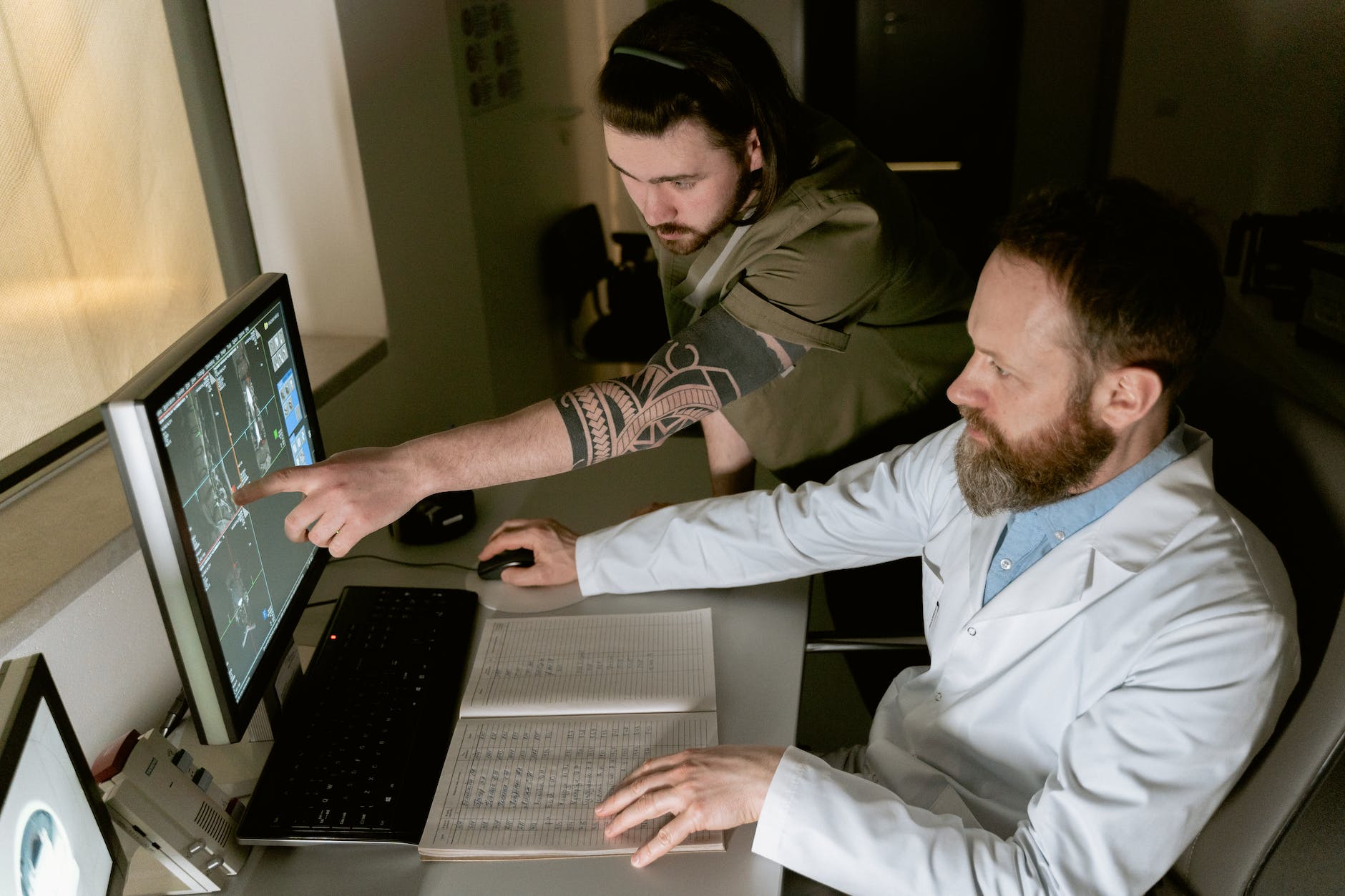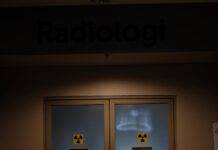
Radiation Monitoring: Safeguarding Environments through Dosimetry and Contamination Control
Introduction
Radiation monitoring plays a crucial role in ensuring the safety of environments where radiation sources are present. Through dosimetry and contamination control measures, organizations can mitigate risks, protect workers, and uphold regulatory compliance. This article explores the significance of radiation monitoring, emphasizing dosimetry techniques and contamination control strategies that contribute to a secure and well-regulated working environment.
Understanding Dosimetry in Radiation Monitoring
- Definition of Dosimetry
- Quantifying Radiation Exposure: Dosimetry involves the measurement and assessment of radiation doses received by individuals or the surrounding environment.
- Units of Measurement: Dosimetry uses units such as sieverts (Sv) to quantify radiation doses.
- Types of Dosimetry Devices
- Personal Dosimeters: Worn by individuals to monitor their personal radiation exposure over time.
- Area Dosimeters: Placed in specific locations to measure radiation levels in a given area.
- High-Dose Dosimeters: Designed to measure higher levels of radiation, typically in industrial settings.
- Dosimetry in Medical Settings
- Patient Exposure Monitoring: Dosimetry is essential in medical radiography to monitor and regulate the radiation doses received by patients during diagnostic procedures.
- Occupational Exposure: Healthcare workers utilize dosimeters to track their occupational exposure to radiation.
Contamination Control in Radiation Monitoring
- Defining Contamination in Radiation
- Presence of Radioactive Materials: Contamination refers to the presence of radioactive materials in areas where they should not be.
- Surface and Airborne Contamination: Monitoring includes surfaces and the air for potential contamination.
- Contamination Control Measures
- Use of Protective Barriers: Employ shields and protective barriers to contain radiation sources and prevent contamination.
- Decontamination Procedures: Develop and implement decontamination protocols to remove radioactive substances from surfaces and equipment.
- Personal Protective Equipment (PPE)
- Specialized Clothing and Gear: Provide workers with PPE designed to minimize the risk of contamination, such as coveralls, gloves, and shoe covers.
- Respiratory Protection: Use respiratory protection devices when dealing with airborne radioactive particles.
Implementation of Radiation Monitoring Programs
- Regular Inspections and Audits
- Equipment Calibration: Regularly calibrate dosimetry devices to ensure accurate measurements.
- Audit Protocols: Conduct inspections and audits to verify compliance with radiation safety protocols and regulations.
- Training and Education
- Employee Training: Provide comprehensive training to personnel on the proper use of dosimetry devices and contamination control measures.
- Emergency Response: Ensure that employees are trained to respond effectively in the event of a radiation-related incident.
- Integration with Emergency Preparedness Plans
- Emergency Drills: Integrate radiation monitoring into emergency preparedness plans, conducting regular drills to test the effectiveness of response procedures.
- Communication Protocols: Establish clear communication protocols to relay information about radiation incidents promptly.
Technological Advances in Radiation Monitoring
- Real-time Monitoring Systems
- Continuous Surveillance: Implement real-time monitoring systems that provide continuous surveillance of radiation levels.
- Automatic Alerts: Include automatic alert systems to notify personnel of any sudden increases in radiation.
- Remote Monitoring Technologies
- Remote Sensing Devices: Utilize remote monitoring technologies, such as drones or robotic systems, to assess radiation levels in challenging or hazardous environments.
- Data Transmission: Ensure seamless data transmission from remote monitoring devices to a centralized control center.
Collaboration and Reporting in Radiation Safety
- Industry Collaboration
- Information Sharing: Foster collaboration with other organizations and industries to share insights, best practices, and lessons learned in radiation safety.
- Regulatory Compliance: Collaborate with regulatory bodies to ensure adherence to evolving standards and guidelines.
- Transparent Reporting
- Incident Reporting: Establish a transparent reporting system for radiation incidents, emphasizing the importance of reporting even minor events.
- Documentation: Maintain detailed documentation of radiation monitoring activities, dosimetry results, and contamination control measures.
Conclusion
Radiation monitoring, encompassing dosimetry and contamination control, is paramount in environments where radiation is present. By integrating advanced technologies, implementing comprehensive training programs, and fostering collaboration within and beyond the industry, organizations can maintain a vigilant stance on radiation safety. This approach not only safeguards workers and the environment but also contributes to a culture of continuous improvement and adherence to the highest standards of radiation monitoring.
Radiography Hazards and Precautions
How to Calculate Radiation Safe Distance in Industry
Radiography Safety Toolbox Talk Meeting
Frequently Asked Questions (FAQs)
- What is dosimetry in radiation monitoring?
- Dosimetry involves the measurement and assessment of radiation doses, quantifying the amount of radiation exposure received by individuals or the surrounding environment.
- What are the types of dosimetry devices used in radiation monitoring?
- Personal dosimeters, area dosimeters, and high-dose dosimeters are common types used to monitor personal and environmental radiation exposure.
- What is contamination control in radiation monitoring?
- Contamination control involves preventing and managing the presence of radioactive materials in areas where they should not be, including surfaces and the air.
- How can organizations implement radiation monitoring programs effectively?
- Implement programs through regular inspections, calibration of equipment, comprehensive training, integration with emergency preparedness plans, and the use of advanced monitoring technologies.
- What are some technological advances in radiation monitoring?
- Real-time monitoring systems, remote sensing devices, and data transmission technologies contribute to advanced and effective radiation monitoring.
- Why is collaboration important in radiation safety?
- Collaboration allows for information sharing, industry-wide insights, and adherence to evolving standards, ensuring a collective effort to maintain the highest standards of radiation safety.
























